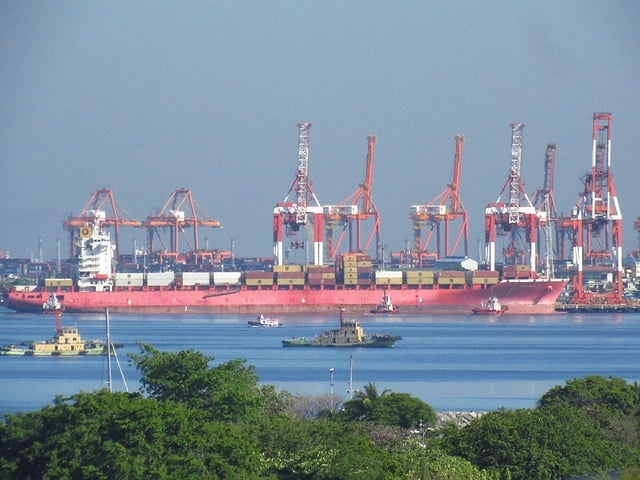The Philippines should establish clear-cut guidelines on how transshipped cargoes are to be treated or documented in order to benefit from the much-vaunted transshipment of cargoes—if there is any—as a result of the trade war being waged by the Trump administration.
Patrick Ronas, president of the Association of International Shipping Lines (AISL) in the country, said the unclear guidelines coming from the government, particularly the Bureau of Customs, could be one reason international carriers have not yet felt the impact of the supposed transshipped cargoes.
According to Ronas, certain countries, like Turkey, are good examples of how they are able to facilitate trade among nations in dispute. “Some clear-cut policies need to be made to enable us to avail of our dream of being a transshipment port,” he said.
A transshipment port is defined as a location where cargo is transferred from one ship to another during its journey to its final destination. The transshipment port acts as an intermediary hub, facilitating the movement of goods through the global shipping network.
But the primary reason Ronas cited for why they have not yet received any inquiries on transshipping of cargoes is that it is still too early to determine how the U.S. tariff rules will be set and finalized after the 90-day suspension, the expiry of which has been extended to August 1, 2025, for the first batch of tariffs announced by Trump.
Except for Singapore, the Philippines has the lowest reciprocal tariff at 17 percent, compared to neighboring countries—Vietnam at 46 percent, Laos 48 percent, Malaysia 24 percent, Thailand 36 percent, and Bangladesh 37 percent. China, the world’s manufacturing hub, was slapped with a 34 percent reciprocal tariff, while Taiwan, another manufacturing giant, received a 32 percent tariff. Bilateral negotiations, however, have been conducted by the affected countries to reduce these rates.
The series of punitive tariffs announced by Trump on U.S. trading partners with bloated trade imbalances is expected to disrupt the global supply chain and alter trade routes.
One possible repercussion is the potential transshipment of goods to countries with lower tariffs. Thus, there is speculation that the Philippines, because it has the lowest rate among its neighbors, could benefit as a transshipment port, in addition to its potential as a relocation hub for manufacturing operations.
AISL has a membership of 36 global container liners that call on Philippine ports. In the past, Ronas said, they have seen dramatic growth in certain countries like China and later on in some Southeast Asian neighbors.
“The growth of such economies in terms of imports and exports will continue to rise. Sure, there are current issues that affect them like what is happening to the U.S., but this will be temporary. Shipping will adjust as to where trade will flow,” he said.




